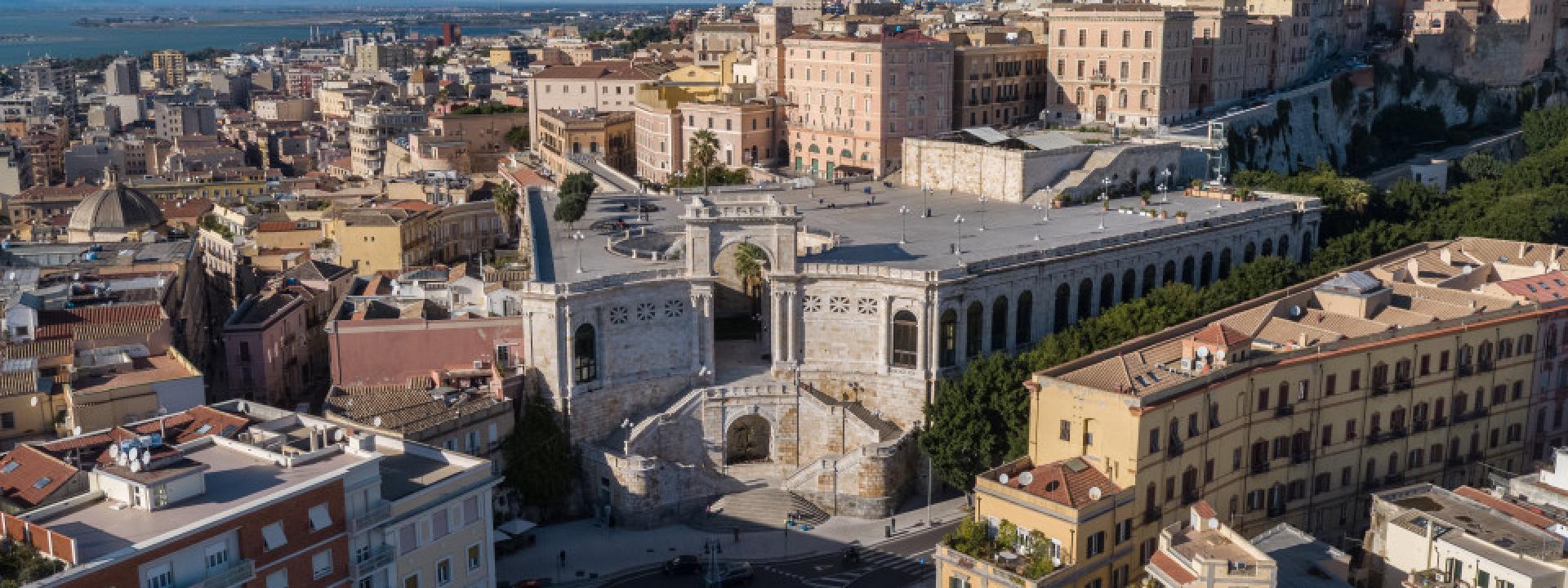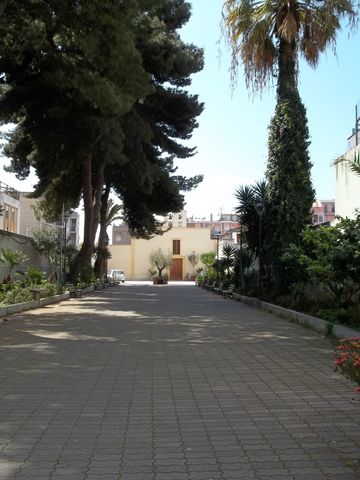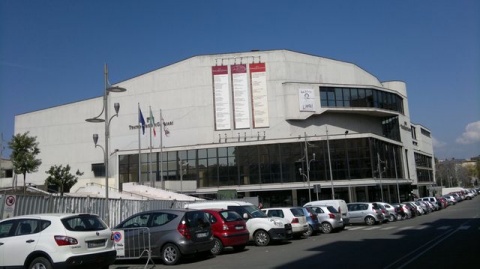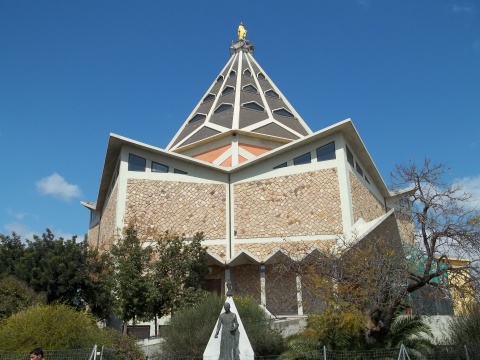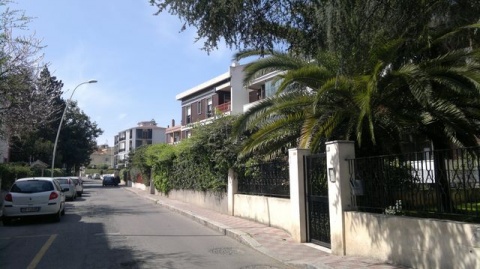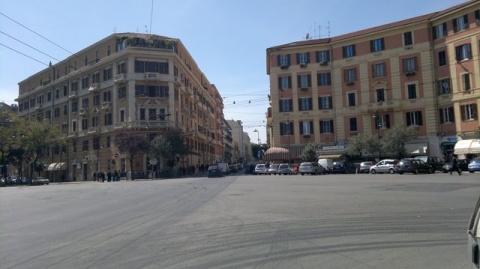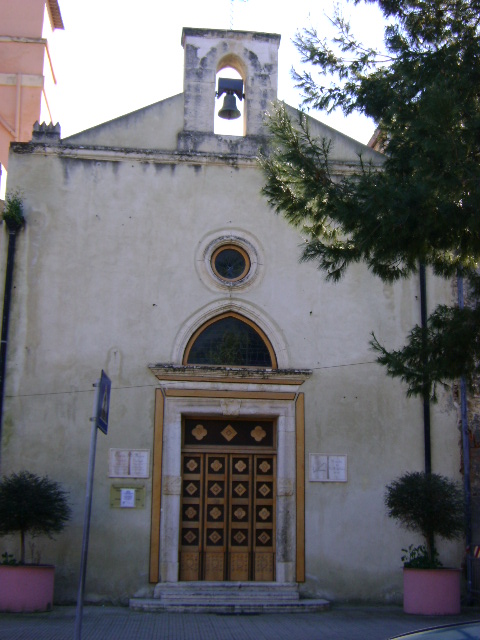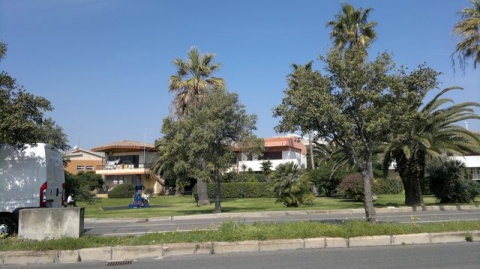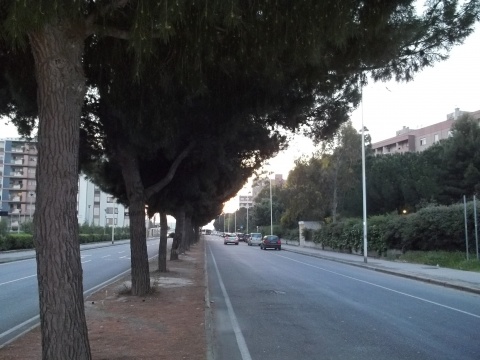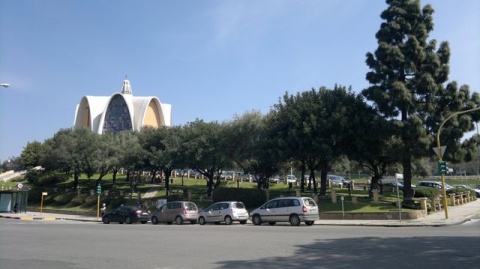Stampace district
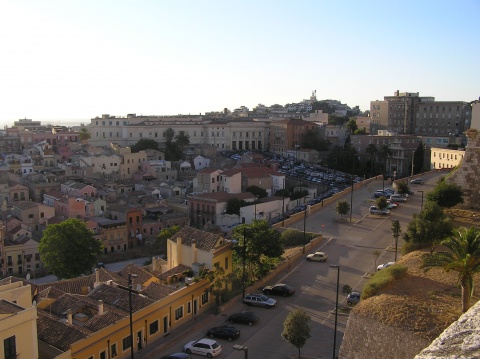
The Stampace district, built to the west of Castello to accommodate the refugees of Santa Igia, was the neighbourhood formerly characterized by numerous workshops of artisans and artists. It has always been linked to Saint Ephisius and the May celebrations, due to the presence of the church, built according to tradition above the saint's prison. In the district there are also the important baroque churches of Saint Michele and Saint Anna.
From the expansion of Stampace, the modern districts of the western area of Cagliari gradually formed.
Quartiere Stampace
Quartiere Stampace
Quartiere Stampace

Add new review
Your review will be visible after approval by the editors
To post a review you must be an authenticated user.
Log in with Social Login
